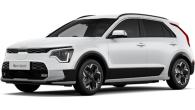Isuzu is very good at doing a lot with a little.
The Japanese brand was the eighth best-selling car brand in Australia in 2024 despite just having two models to offer customers - the D-Max ute and MU-X SUV. But this rugged and capable duo is apparently just what Australian buyers are looking for, with the right combination of practicality, capability and value.
The MU-X was actually the sixth best-selling 4x4 vehicle in Australia in ‘24 and the second most popular large SUV, behind only the Ford Everest and ahead of the Toyota Prado; largely as it was in the middle of a model changeover.
So, after Isuzu gave the D-Max a midlife refresh last year, now it’s time for the MU-X to get some changes to keep it fresh and interesting. And perhaps most importantly, give it a fighting chance against the now-launched new-generation Prado.
The MU-X has become one of the new wave of modern family cars in the post-sedan era, so these new changes are critical to maintaining its place in driveways all around Australia.
Isuzu MU-X 2025: LS-M (4X2)
| Engine Type | Diesel Turbo 4, 1.9L |
|---|---|
| Fuel Type | Diesel |
| Fuel Efficiency | 7.4L/100km (combined) |
| Seating | 7 |
| Price From | $48,400 |
| Safety Rating |
|
Price and features – Does it represent good value for the price? What features does it come with? 7/10
7 / 10
Isuzu Australia has given the range a minor tweak for this update, dropping the previous special-edition range-topping Tour Mate variant and replacing it with the X-Terrain as the hero model. It sits atop the previous trim levels of LS-M, LS-U and LS-T, each of which has been given some minor equipment adjustments and, unfortunately, a price increase.
The range now begins at $48,400 (plus on-road costs) for the LS-M 1.9L 4x2, which is a $1000 increase over the old model. But the LS-M does get some new equipment including updated cloth upholstery, a 4.2-inch digital display on the instrument panel, an 8.0-inch infotainment touchscreen with wireless Apple CarPlay and Android Auto, as well as USB-C ports and bi-LED headlights.
The LS-M is also available with the 3.0-litre 4x2 powertrain (from $50,400 +ORC) and 3.0L 4x4 (from $56,400 +ORC).
Next up is the LS-U, which is available as a 1.9L 4x4 (from $61,400 +ORC), 3.0L 4x2 (from $57,400 +ORC) and 3.0L 4x4 (from $63,400 +ORC). Upgrades for 2025 include new 12-spoke 18-inch alloy wheels, a new leather-wrapped steering wheel, piano black interior trims, a 7.0-inch digital instrument display panel, 9.0-inch infotainment touchscreen, USB-C ports, LED fog lights and tyre pressure monitoring.
The LS-T is only available with the 3.0L but can be 4x2 (from $65,400 +ORC) or 4x4 (from $71,400 +ORC). Key equipment extras for this include a new 360-degree surround-view camera system, 20-inch alloy wheels, leather-accented upholstery, black headlining, white ambient lighting and black elements on the front bumper, grille and rear bumper.
Finally, the all-new X-Terrain (from $74,400 +ORC) comes with a range of unique black elements to help it visually stand out, including its 20-inch gloss black alloy wheels, the horizontal bars on the grille, fog light surrounds and fender flares. It also gets a 7.0-inch digital instrument display, red ambient lighting and leather-accented trim with red and grey contrasting stitching. The X-Terrain is also exclusively available in Slate Grey metallic paint.
To offset these price rise, and help make sense of this expansive model range, Isuzu is offering drive-away deals on three models, starting with the LS-M 1.9L 4x2 for $46,990, plus the $69,990 LS-T and the new X-Terrain for $73,990.
There’s also some significant safety enhancements across the range, which we detail below.
For context, Ford offers a similarly broad range of Everest models, starting with the Ambiente 2.0 RWD from $54,240 and stretching to $81,200 for the Platinum 4WD, with the Trend, Sport and Tremor variants in between.
Design – Is there anything interesting about its design? 7/10
7 / 10
It seems Isuzu likes to do things in twos, because in addition to its two-model-only line-up it has also opted for not one, but a pair of design languages for this redesigned MU-X. The company calls the two styles Hexa Pod and Aeronautical, with the former inspired by geometric hexagonal shapes and the latter taking elements of fighter jet design.
It sounds complex and, to be blunt, a bad idea, but the new look is cohesive and a clear change from the previous model (rather than the ‘trainspotters-only’ facelifts some brands engage in).
At the front there’s a new grille with double horizontal bars, which has become the signature design element of the brand. The grille is flanked by new bi-LED headlights, which not only look good but add extra functionality. While in the lower corners there are new air curtains built into the fog light surrounds, which help improve aerodynamic efficiency as well as change the look.
In addition to the new alloy wheel designs for the LS-U, LS-T and X-Terrain, at the rear there’s a redesigned tailgate with new LED tail-lights and even new ‘Isuzu’ badging, which is smaller for a cleaner look.
Inside, there’s a redesigned steering wheel, taking inspiration from the Hexa Pod theme, while the dashboard itself has been reprofiled after the shape of the F-35 fighter jet. While the LS-M and LS-U get new cloth trim and there’s fresh leather-accented seats in the LS-T and X-Terrain, for a more premium look and feel.

Practicality – How practical is its space and tech inside? 8/10
8 / 10
The key to any good family vehicle is space, which is another reason why the MU-X has been such a popular choice. Not only does it come standard with seven seats in every model, but the cabin is spacious across all three rows (at least for an SUV, not a people mover).
While the seats look new, the space is the same, with roomy and comfortable seats up front, space for two adults or three kids in comfort in the second row. It’s worth noting that there is respectable room in the third row for kids, so while the MU-X isn’t a substitute for a people mover, it can accommodate a larger family that needs up to seven seats on regular occasions.
The only issue with using the third row regularly is it does shrink the boot capacity to just 311 litres, compared to 1119L with the third row stowed. If you need to carry a big load, you don’t need a D-Max as the MU-X boasts 2138L of cargo room with the second row folded down.
The bigger change inside is the new infotainment system with 8.0-inch screen in the LS-M and a 9.0-inch screen in the rest of the range. This new hardware includes physical dials for the volume and tune, as well as new USB-C ports, wireless Apple CarPlay and Android Auto, voice recognition and DAB+ digital radio.
Under the bonnet – What are the key stats for its engine and transmission? 7/10
7 / 10
Nothing has changed under the bonnet, with Isuzu carrying over its 1.9-litre and 3.0-litre four-cylinder turbo diesel engines. The 1.9L makes 110kW/350Nm, while the 3.0L is good for 140kW/450Nm, both are paired to a six-speed automatic transmission and available with 4x2 and 4x4.
So, to be candid, there’s really not much else to say here, but we’ll tell you how they perform on the road below.
Efficiency – What is its fuel consumption? What is its driving range? 7/10
7 / 10
With unchanged powertrains, there’s unchanged fuel consumption. That means the 1.9L is still rated at 7.4L/100km and the 3.0L uses 8.3L/100km, so the extra performance does come at a cost. Our test drive involved a lot of off-road driving, so we didn’t get a chance to get a representative comparison between the real-world and the claim.
The MU-X fuel tank is 80L in both models, which means the 1.9L has a driving range of more than 1000km (theoretically 1081km), while the bigger engine has a potential range of 963km.
Driving – What's it like to drive? 7/10
7 / 10
Isuzu may have kept the powertrains unchanged, but this isn’t just a cosmetic upgrade. The suspension has been tweaked with new front and rear dampers to improve body control, specifically on sealed roads.
Certainly on-road it feels well composed and rides with good control, with accurate steering and uneventful handling. It’s still noticeably heavier and slower to react than a more ‘soft-roader’ style SUV like a Hyundai Santa Fe, Kia Sorento or Toyota Kluger, but it’s certainly much more composed and nicer to drive than a D-Max - even if the two share a lot of commonality.
In terms of the engines, the 1.9-litre engine is underwhelming with what can only be described as adequate performance. It feels fine on flat roads but going up hills or under hard acceleration it labours, and that was with only two adults on-board. With a family and their luggage - and even a small caravan - it would feel like it would struggle.
Which is why we’d suggest spending the extra money on the 3.0-litre. It can be a little gruff under acceleration, with some trademark diesel ‘rattle’, but overall it pulls smoothly and offers up good performance for this type of SUV. Off-road the 3.0-litre feels at home, effortlessly pulling the MU-X across obstacles, even in tricky conditions.
It’s helped by an updated Rough Terrain Mode, Isuzu’s clever off-road traction control system that can work in harmony with the diff lock and other off-road elements to perform impressively on some very challenging obstacles.
This is yet another reason why modern families are increasingly drawn to these types of SUVs, as they allow for adventures to some otherwise hard-to-reach places, while still being more-than-capable of doing the daily duties around the city and suburbs.
Warranty & Safety Rating
Safety – What safety equipment is fitted? What is its safety rating? 8/10
8 / 10
Safety was a significant focus for Isuzu with this facelift, with some major changes to improve its active safety. These changes start with an all-new ‘Gen4’ stereo camera, which is able to better scan the road ahead by increasing the field-of-view from 40-degrees to 120-degrees, while also improving its vehicle detection range from 120m to 150m. The camera system also includes a USB-A port that is compatible with aftermarket dashcams.
The new camera allows for a new Intelligent Adaptive Cruise Control (IACC) and traffic jam assist, which can maintain the car’s speed below 60km/h in heavy traffic. Other upgrades include a new rear cross-traffic brake system.
There’s also a new digital reversing camera for a clearer view, while a 360-degree surround view camera system is available on the LS-T and X-Terrain variants.
The MU-X was given a five-star ANCAP rating when the current generation launched and it’s unlikely to be tested again, despite the new additions.
Ownership – What warranty is offered? What are its service intervals? What are its running costs? 6/10
6 / 10
The MU-X is covered by Isuzu’s lengthy six-year/150,000km warranty, which is competitive without being class-leading.
It also comes with a five-year servicing program, which charges a flat fee of $469 each year for the first five years of maintenance. Plus there’s up to seven years of roadside assistance, so owners should have good peace-of-mind.
Verdict
Isuzu continues to woo Australian buyers with its small range and while it would have been easy for Isuzu to just stick to the typical mid-life ‘nip and tuck’ with a new grille and a rejigged trim line, the more substantial changes the company has made should pay off. The new looks are quite dramatic, the interior is especially notable and the improved ride and safety features are significant.
There’s no doubt Isuzu took advantage of Toyota’s Prado switchover in 2024 to leapfrog it in the sales charts, and certainly the brand knows it faces a huge task staying ahead. But, against the Everest and Prado, third place in the large SUV market is nothing to be ashamed of, quite the opposite, and Isuzu will deserve another strong year.
Note: CarsGuide attended this event as a guest of the manufacturer, with travel and meals provided.
Pricing Guides

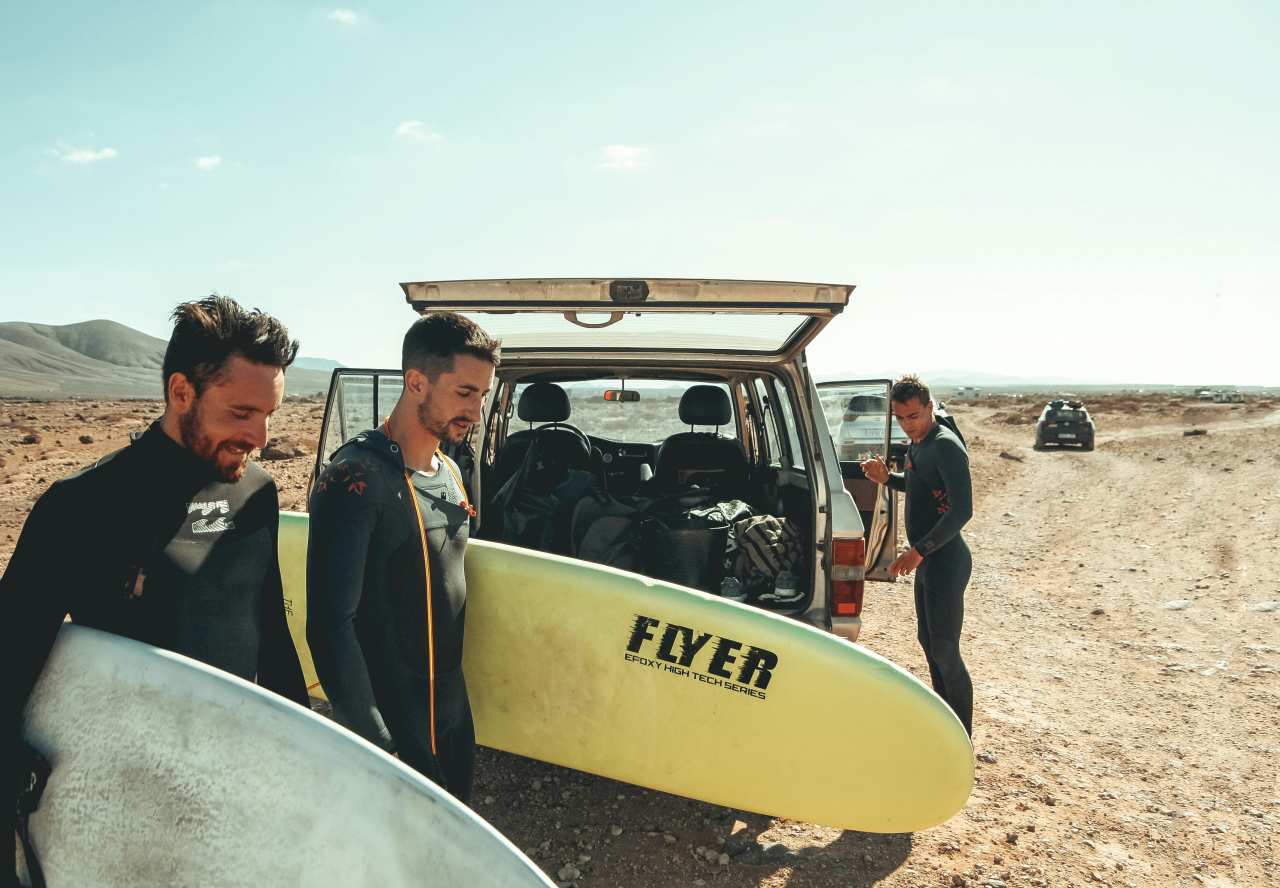






























































































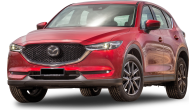





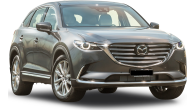
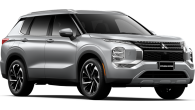



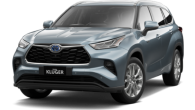



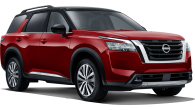







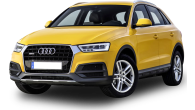
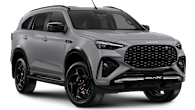



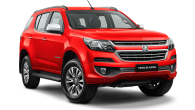







.png)

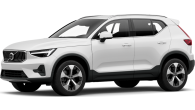






.png)


